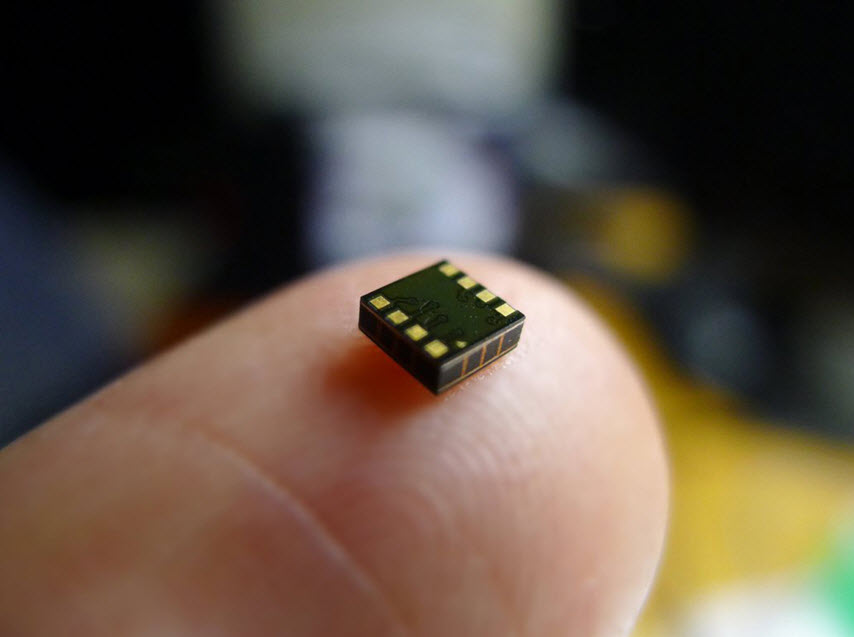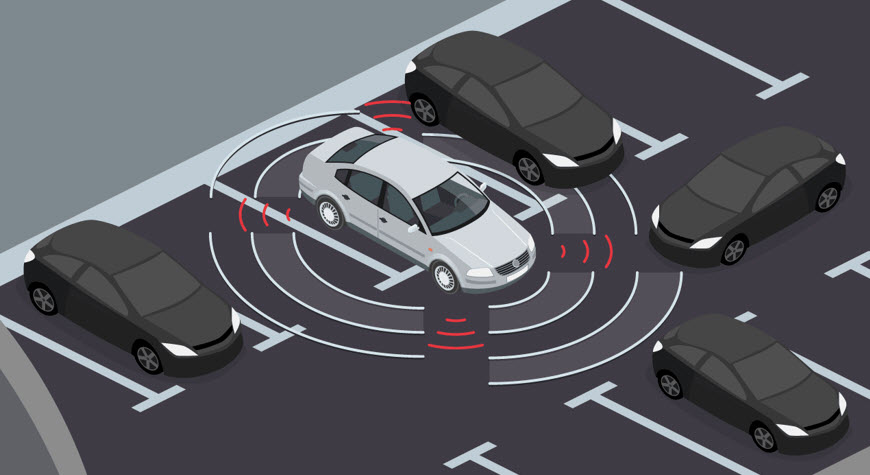Last Updated: November 20th, 2021
As we know, ultrasonic sensors are pretty effective at what they do. They have excellent technology backing them up. They are small devices that can go into almost any device you put it in, and there would be no problem for it to start doing what it is supposed to.
But, just like any other device and technology, they are not perfect. They have their own limits and ways of doing things. That is why it is essential to understand that even the most outstanding products won’t last forever.
So, let’s focus a bit on what they can offer and what we shouldn’t expect from them.

Advantages and disadvantages of ultrasonic sensors
These types of sensors can be used for many things, which is probably the first good thing about them. They can be used to detect many things, such as objects and humans. When they are trying to detect something, a good thing is that they go off from the sound of the object they are trying to detect.
Any type of color will not have an effect on them which is a positive thing. So this means that they can be used in the dark. Even if it is pitch black outside, that would have no effect on them.
The reason why they can be used for so many things is simply that they are pretty inexpensive. And don’t let that make you think that they are not good quality product because it is the opposite.
No matter where you use them, and they can be used almost anywhere, they don’t get affected by many things. It doesn’t matter if the conditions are bad or if there is so much dirt or dust. This won’t bother them at all.
On the other hand, as we said before, they are not perfect. They have their own flaws.
One of the main things that guide the ultrasonic sensor to detect something is the sound. Putting them in a vacuum won’t make them function at all.
Some sensors are not made to work underwater, even though many people use them for submarines. This is why there are many types of ultrasonic sensors to choose from. Some of them won’t work in the same environment as others, and that is okay. You have plenty to choose from.
When the object you are trying to detect is covered in a soft fabric, this may cause a problem for the sensor. This type of fabric can absorb sound waves more than any other fabric. This way, the sensor will have difficulty finding the object that they need to find.
Just like some sensors won’t work underwater, others will have difficulty working if the temperature changes a bit. Most of them don’t have a problem at all when it comes to this, but it all depends on the model of the sensor.
If the temperature changes from five to ten degrees, sometimes the sensor will have difficulty functioning.
Most sensors have a pretty long range and can detect things from a long distance. Again depending on the model of the sensor, some have a limit to where they can detect. This can vary from 10 to 17 meters. Sometimes this can be a disadvantage, but it all depends on the terrain you are working on.
Many things can affect the accuracy of an ultrasonic sensor, and it is always important to be informed of these things before buying one. If you want to know more about this, you can check this link.
We discussed what an ultrasonic sensor can have as an advantage and disadvantages. When we know that there might be a possibility of an issue occurring, it is always advisable to have some sort of solution for it. So now, let’s focus more a bit on that.

Solutions for ultrasonic sensors
When you are trying to prevent any issue from happening, it is always best to be first informed about the type of sensor you have and what it can endure.
The next thing is to be aware of the location you are willing to use it. When you are trying to use it in a more visible place, many people tend to cover the sensor from avoiding someone to tamper with it.
There are a few ways you can do that. Many objects that we use would most likely reflect any sound or absorb it rather than passing it through to the sensor. When you have an acoustically transparent thing, that will not happen. On the other hand, it will let the sound find its way to the sensor.
Many people believe that if they have a glass or plastic, that will somehow protect the sensor. It may protect them a bit, but they would ultimately interfere with the sensor’s work. It won’t be able to report the proper distance from the object. It will only give the smallest distance possible.
So the only way that you can protect the sensor and not interfere with its work is by placing it behind an acoustically transparent object. It won’t absorb or reflect any sound, and it will not have any problem detecting any object.
There are other methods and factors that can be included. But you need to first know what kind of sensor you are dealing with.
Summary
any kind of ultrasonic sensor is pretty easy to use. When you have the right one, and you know how to protect and maintain it, then you won’t have any problem. Suppose you are curious more about any issues that might possibly occur. In that case, it is worth checking out SensComp Sensor Solutions for more information about these things.
This is a device that most people get the hang of it pretty quickly. It is a tiny piece of device. It can be placed almost anywhere, so having issues is not something that happens often.
